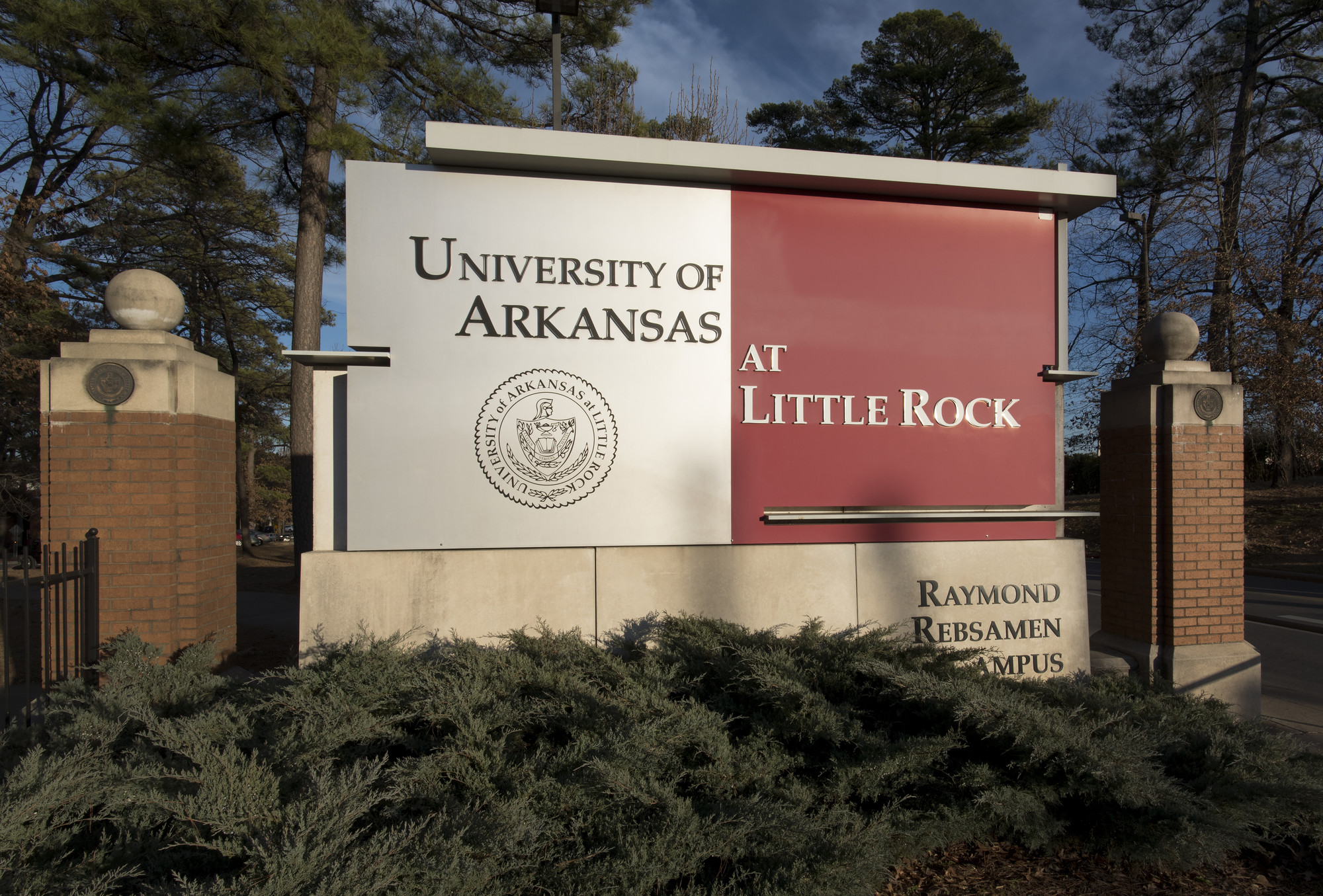UA Little Rock faculty members work to improve student success, graduate rates
More than 30 faculty members from the University of Arkansas at Little Rock spent four days learning strategies to improve student success and increase graduation rates on campus.
The UA Little Rock Academy for Teaching and Learning Excellence, the STEM Education Center, and the Office of the Provost hosted the Mobile Summer Institute on Scientific Teaching May 20-23 at UA Little Rock Downtown.
This training workshop was driven by the reality that less than half of undergraduate students in the U.S. complete their degrees, which is particularly true for historically underrepresented groups. This workshop was an immersive experience where faculty members participated in an active learning environment while engaging with research-based evidence on learning and effective teaching practices.
Dr. Mark Baillie, assistant professor of chemistry and STRIVE director with the STEM Education Center, led the workshop along with a team of education reform leaders from across the country.
The trainers included Peggy Brickman, Josiah Meigs Distinguished Teaching Professor at the University of Georgia; Kirsten Coe, assistant professor of biology at Middlebury College; Troy Nash and Breonna Martin, biology lecturers at Mercer University; Tarren Shaw, biology lecturer at the University of Oklahoma; and Suann Yang, assistant professor of biology at SUNY Geneseo.
Chris Etheridge, assistant professor of multimedia storytelling, said the workshop providing him with many examples to measure active learning in his classes.
“I have always thought of mass communication as a field that has excelled in active learning,” Etheridge said. “We like to get students out of the classroom and into the real world to learn by doing. The traditional styles of teaching – lectures, quizzes, exams, and research papers — is what I know because it’s how I learned. When I reflect on my time as a student, the times where I felt I learned the most, were the times where I was actively engaging with complex and challenging topics related to the course. Now, I have a lot more in-class techniques and ideas for assignments that will clearly measure learning.”
Faculty members wrapped up the four-day workshop with a strategic planning session, where participants brainstormed what they can do to improve student success across the campus and what they need from university administrators to increase their impact. Chancellor Andrew Rogerson, Provost Christina Drale, and many college deans and department chairs attended the session to hear ideas from faculty members.
“We had more than 20 administrators from the university attend and hear how the faculty members want to make the university better and increase student success,” Baillie said. “It was a nice venue to begin having these conversations and to open up the lines of communication between faculty and administration.”
Groups of faculty members gave three-minute presentations on the top ideas that faculty members think can best help to increase student success and teaching practices. The ideas include establishing a childcare center on campus; establishing programs and activities that foster a sense of community on campus; increasing opportunities for professional development and mentoring for faculty members; optimizing more spaces on campus for student-centered learning; implementing new innovative practices in the classroom, and course relief for professors who are developing and implementing these innovative teaching methods.
Dr. Kirk Leach, assistant professor of public administration, attended the workshop in search of new tools and ideas to restructure his nonprofit management course.
“I wanted to get a firmer grounding on active teaching methods and a framework to evaluate my teaching effectiveness,” Leach said. “The workshop was phenomenal. The facilitators were very knowledgeable and generous with their time. They spent a lot of time on small group sessions guiding us through the process of backward design and how to implement it in course design. I’ve learned how to develop a more engaged classroom, where students are empowered and have ownership in their learning.”
